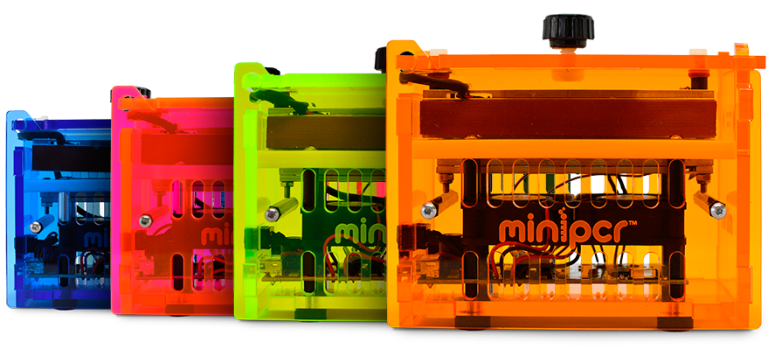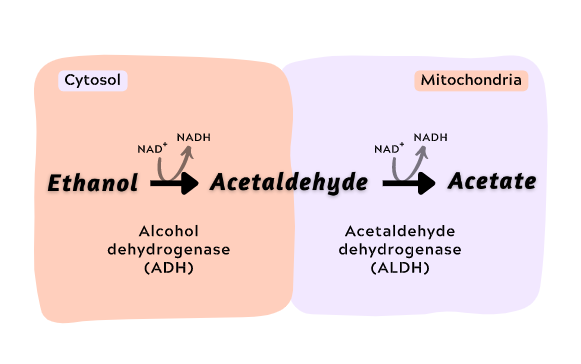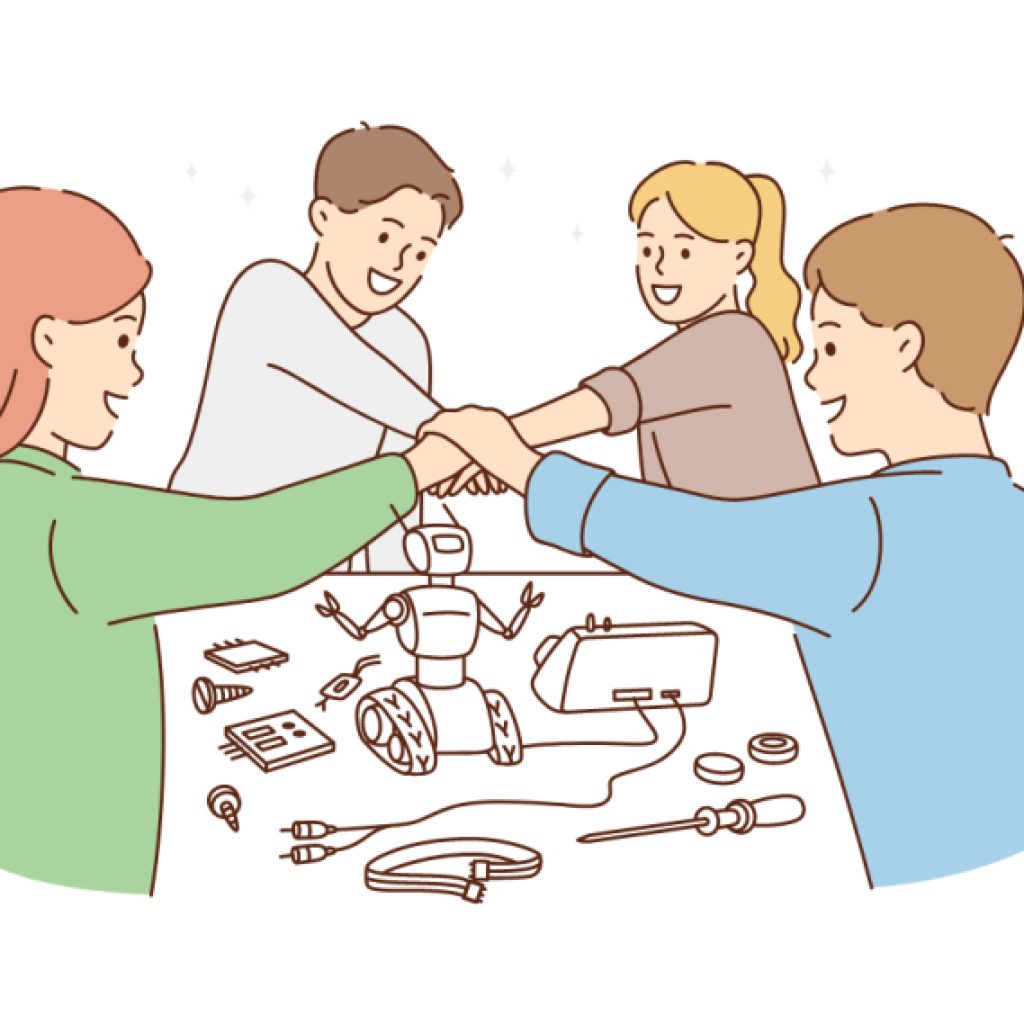
The Gene Identity
STEM education
Let your child excel in life!
If education is like a town, STEM would be the upgrading of the town into a city. Ever since the implementation of STEM education in 2014, our innate culture, as Singaporean parents, would make us do anything, just to provide our children the best. As a kiasu individual myself, I would have done the same which is to enrol my child in STEM education as early as possible to give him or her a head start above the rest.
As much as we like our acronyms, I am sure we still need some time to familiarise ourselves with each one of them. I understand that time is precious so, let me help you with this short overview of what STEM education is all about.
What is STEM education?
STEM is an abbreviation for Science, Technology, Engineering, and Mathematics. STEM education is a specially designed curriculum or method of teaching that integrates these four disciplines into one cohesive model. There are many ways STEM educators can incorporate this type of curriculum.
How is STEM education conducted?
The way STEM education is conducted in Singapore is by fine-tuning the already established educational system. By no means it is a revamp of the entire nor it is a whole new type of education.
The objectives of STEM education are:
- To emphasize the relevance of what is being taught in school to the current and upcoming social and industry needs through experiential learning.
- To build creativity and help students reach logical conclusions through critical thinking.
- To cultivate problem-solving skills by encouraging students to identify a problem, then coming up with a solution to the issue.
- Encourage teamwork and cooperation.
Ultimately, we are training our students to gain the ability to solve problems in real life using their creativity and relevant skillsets.
Why should we care about STEM education? What about STEAM?
After being introduced to the aforementioned, there is no meaning to STEM education if we do not know the importance of it.
In today’s world where technology has been advancing so rapidly, the young must start to develop their STEM knowledge and skills to keep up with the innovations. This is to help Singaporean students remain competitive in the modern jobs market. In 2015, Singapore’s Prime Minister, Lee Hsien Loong stressed that STEM education is crucial to Singapore in the next 50 years. The Ministry of Education (MOE) in Singapore has been the key driving agent for STEM by introducing The Applied Learning Programme (ALP) in schools as well as partnering with The Singapore Science Centre to form a new unit, STEM inc to promote more practical learning experiences for students.
MOE also encourages the use of iPads and computers during their lessons. This is a very innovative approach to helping students become well versed with technology and to equip them with digital skills.
Furthermore, our Minister for Education, Chan Chun Sing made an announcement on 7th March 2022 that mid-year examinations for all primary and secondary school levels will be removed by 2023. This pushes schools to include more applied learning programs for our children’s education.
In other words, it is very difficult to not care about STEM education especially when the nation’s education landscape is advancing towards STEM.
So then, what about STEAM?
STEAM is just an additional discipline to STEM – Arts. The arts here is referring to visual arts, social studies, history, physical arts, fine arts, and music. If we have already covered so much about science and technical areas, why not make it more all-rounder with the arts right? There are many opinions and discussions about the differences between the two and how teachers now are not yet equipped with the skills to teach STEAM as they are still new to STEM. Some might say that students who studied arts in school tend to be more creative and more optimistic.
However, I would like to highlight that no matter how different the two methods are, the goals of both are the same. The end goal is to nature the young with critical thinking and problem-solving skills while also capable of teamwork and innovative ideas.
Should parents be involved?
It is definitely helpful if parents are there for every part and parcel of their children’s life and that includes education. Parents need not spend a lot of time and money or effort in planning out a lesson for their children as they can do simple things like asking them questions about their schoolwork and how this can be relatable in real life. They can also be directly involved in special STEM programs where both can learn together.
Where can we find STEM and STEAM programs in Singapore?
TinyGene Academia, Singapore’s only private science-based STEM educational centre, offers and specialises in STEM programs that aim to inspire young scientists through fun and interactive hands-on experiments. They provide individual bookings for classes, providing cost-effective biological equipment that are child-friendly, that would otherwise be difficult to source. Every lesson is catered to our unique Singaporean context. Students will also get to explore the biotechnology field where commercial lab equipment would be introduced. The programs are not restricted to just children and youths, parents are welcome to learn as well. Their mobile team of educators are dedicated in providing the best and most engaging lessons.
Science Centre Singapore is also another excellent place for children to be learning basic principles of STEM education in an enjoyable way. They also have educational exhibitions to further pique their interests while learning through playing in a safe environment.


Another online platform that you may have heard is Khan’s Academy. Khan’s Academy is an open online database of STEM related lectures videos. With nothing but just a black screen as a blackboard, learning is just as simple as it sounds. They offer lessons ranging from Physics to Chemistry, from coding to lessons on world history, it is the one-stop shop for learning theoretical science, mathematics, coding even humanities subjects from the comfort of your home. It is also child-friendly due to their gamified system of rewarding kids’ effort by giving them special perks for the amount of time spent watching their videos.
MOE schools have also been initiating enrichment classes and programmes to ensure students are provided with the opportunity to explore the STEM field. MOE schools have also been collaborating with organisations to aid students’ learning.
In summary,
With an increasing demand for STEM related jobs, there needs to be more awareness and emphasis on STEM education in Singapore. Whether STEM or STEAM, both educational systems are beneficial in educating the young minds. You do need not to worry about providing your child the best STEM education because the Singapore education has been continuously advancing towards STEM. There are many other opportunities and enrichment classes you can enrol your child in. However, more effort needs to be put in for educators to grow the STEM Education scene here in Singapore, especially educators that can instil curiosity, critical thinking skills and inquisitiveness. Especially for TinyGene, they inspire more growth towards Biology and the Sciences, because they know it would definitely prepare you for the future.














